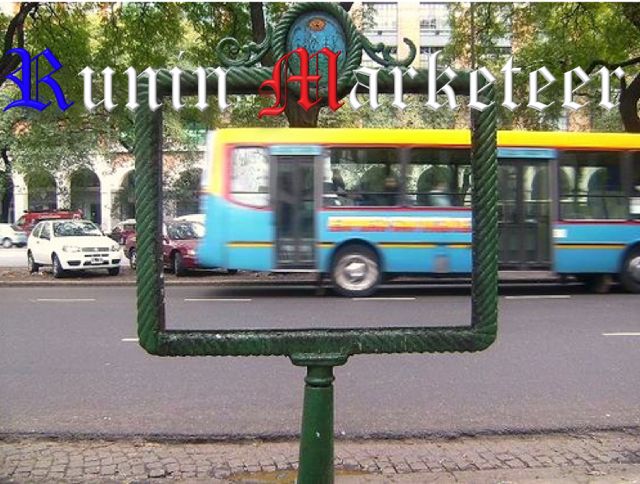There are many critical and relevant lessons to be learned from Best Buy's customer centricity model. In this blog, we will be dissecting this model's strengths and weaknesses.
Click here to see the Best Buy Customer Service Survey.
Click here to see the Best Buy Customer Service Survey.
Best Buy customer-centricity model consists of a very meticulous kind of stereotyping—the idea was to identify the most profitable customers and “shower them with knowledge and attention.” (1)
Their Major Customer Segments are
1. Barry -- Affluent Professionals who want the best technology and entertainment experience
2. Buzz --- Active younger males who want the latest technology and entertainment
3. Ray -- Family man who want technology to improve their lives -- practical adopters of technology and entertainment
4. Jill -- Busy suburban mom who want to enrich their children's lives with technology and entertainment.
In 2005, Brad Anderson became CEO of a $30-billion-a-year company that was Number 1 in consumer electronics for the last ten years, accounting for 16.5% of the market share.
But in 2006, Brad Anderson felt that his company was fully in the "maturity" phase of the life cycle, and sensed that profits could soon decline.
The decision to turn to the customer-centric model was fueled by the need to gain a competitive edge over similar warehouse stores like Wal-Mart, the now defunct Circuit City chains and Target.
After a broad market analysis, Best Buy determined that customers signaled that they cared more about customer service than deals in pricing.
CEO Brad Anderson then spearheaded the customer-centric model to make his chain
with nearly 120,000 employees more "talent powered and customer driven." But during that time when the economy was good, customers were willing to spend more to be given special attention at stores.
Evaluation:
Best Buy tried to cover too much ground--it was trying to sell both to the barrys (older men with money) and those looking for deals.
"Centralizing" a store requires a huge investment , tailoring them to cater directly to the sales and demographics.
Instead, companies like Apple, spend enormous amounts of money on their brands in order to build an image. Although there are mp3 players with more functions than ipods (and cheaper), Apple still dominates the market. If you do not have an ipod, you are just not cool enough, and you're also cheap.
Best Buy should have stuck to catering only to customers shopping for high end products or the deal seekers.
Weakness:
What began as a good idea became too far reaching. Too much money was spent n training and hiring its employees.
The in-between space of shelling out customer centricity in more and more of its stores and integrating the centricity model into every business decision, became Best Buy's weakness.
Blue Shirts become customers “techy friends,” there is a “hip” element in the image. It is a flip on the usual stereotype of nerds/techy types
Blue Shirts focused on developing a deep understanding of the customer’s needs
They were not just experts on products but solutions (knowing how to bundle products and what to offer customers depending on their needs)
See section “centricity” for an explanation of the method: http://money.cnn.com/
The central question is whether it was smart for Best Buy to apply its centricity model to every part of its business
Centricity stores are now run like a small business, and managers are expected to develop relationships with the most profitable customers—they are given the freedom to tailor stores around a neighborhood’s interest
Best Buy has acquired various companies that it also applies the centricity method to—at some point, Best Buy has spread itself too thin.
My take on it: centricity works in certain specialized populations but it becomes too costly if it is overly-relied on
(1) Rajiv Lal, Carin-Isabel Knoop and Irina Tarsis, "Best Buy Co., Inc.: Customer-Centricity", Harvard Business School, Oct 16, 2006

ReplyDeleteBook Mumbai to Mahabaleshwar Cabs Online at cabs2go Car Rentals. Trust cabs2go for the Best
mumbai to Mahabaleshwar cab Services.